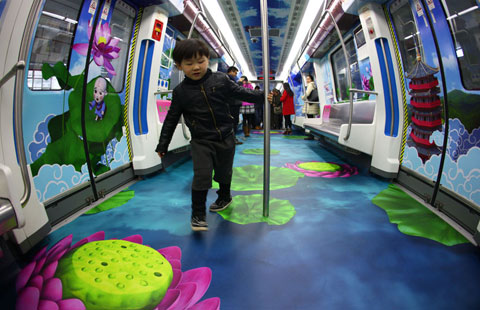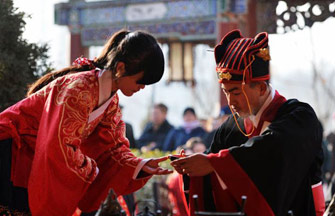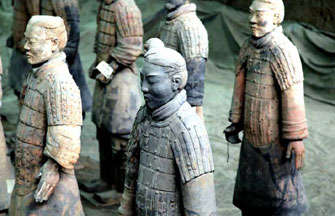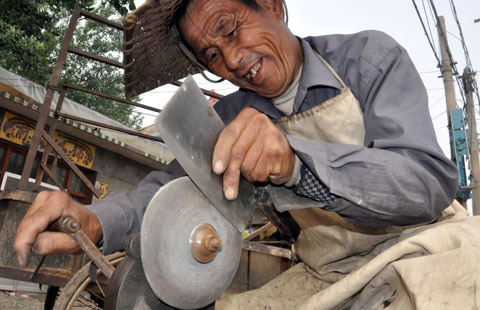Ancient Chinese porcelain’s European connection
By Wang Kaihao ( China Daily ) Updated: 2014-12-24 07:33:42
 |
|
Two of 106 pieces of porcelain from ancient China's international trade are on display. [Photo by Jiang Dong/China Daily] |
"Ancient China's cultural expression's global influence should be remembered," Shanghai Museum deputy director Chen Kelun says.
"Porcelain was a major pillar of the ancient Maritime Silk Road connecting East and West. But domestic museums lack relevant collections. These pieces' adornments and forms are rare or even absent in China. More collections will enable research."
One of the pieces on show, for instance - a double-tube oil-and-vinegar bottle from the reign of Kangxi (1662-1722) that resembles European glass vessels of the time - is the only piece of its kind in Chinese public museums, he says.
Most of the Shanghai Museums' trade porcelain was donated by overseas private collectors. One of the biggest donors is Dutch financier Henk Nieuwenhuys, who gave 36 of the ongoing exhibition's pieces.
Nieuwenhuys, who's a third-generation collector in his family, says: "Over 12 million pieces of Chinese porcelain were transported to the Netherlands via Indonesia in the 18th century, which left an abundant reserve of culture there. Although these pieces were exported under the Qing emperors' consent, who ordered their quality not to outstrip royal collections, their unique historical information remains attractive."
His favorite displayed piece is a small blue-and-white incense burner made in Jingdezhen, Jiangxi province, during Kangxi's reign. The four-piece structure is rarely found in China.
"My grandfather bought it in 1937," he recalls.
"Some people recently offered 5 million yuan ($800,000) to buy it, but I donated it to the museum. Collection is a matter of heart - not to make money. When the time is right, it's better to give it back to its birthplace."
IF YOU GO
8:30 am to 4:30 pm, until March 15.
The Palace Museum, 4 Jingshan Qianjie, Dongcheng district (entry via the south gate).
Museum tickets in the low season (Nov 1 to March 31) cost 40 yuan ($6.40).
The exhibition is at Yanxi Gong (in the eastern part of museum) with no extra charge.
|
|
|
|
|
|
|
|
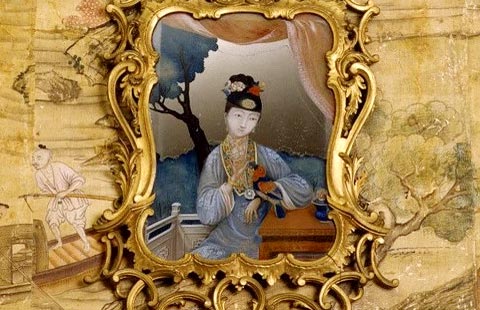

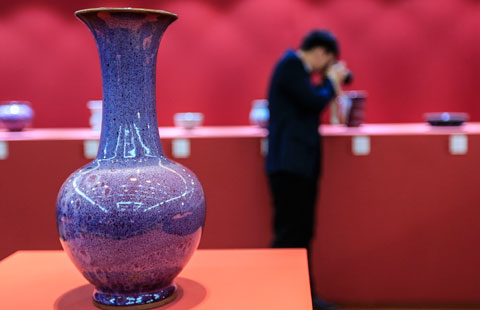

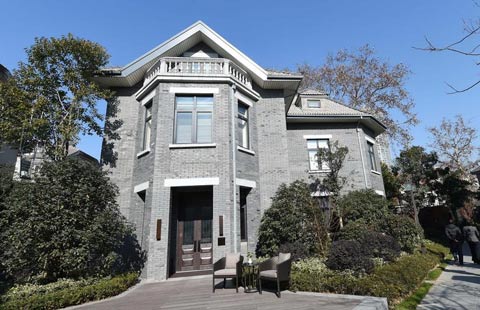
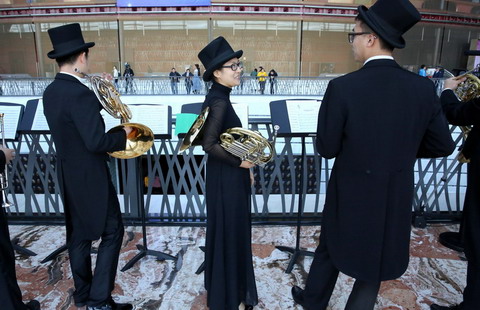


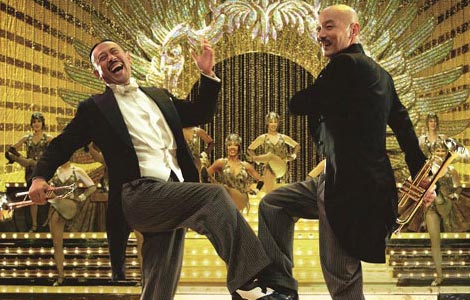


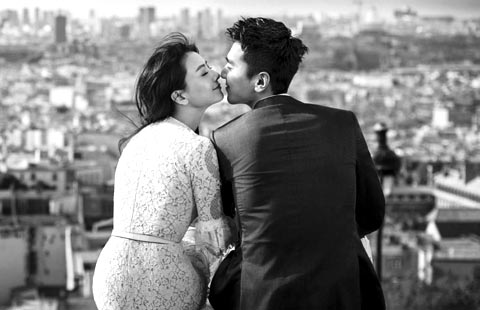







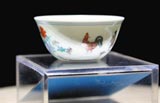



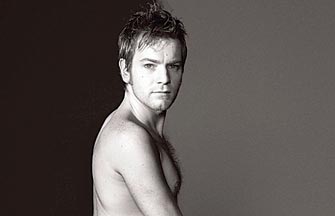 What's in a name?
What's in a name? Raymond Zhou:
Raymond Zhou: Pauline D Loh:
Pauline D Loh: Hot Pot
Hot Pot Eco China
Eco China China Dream
China Dream
